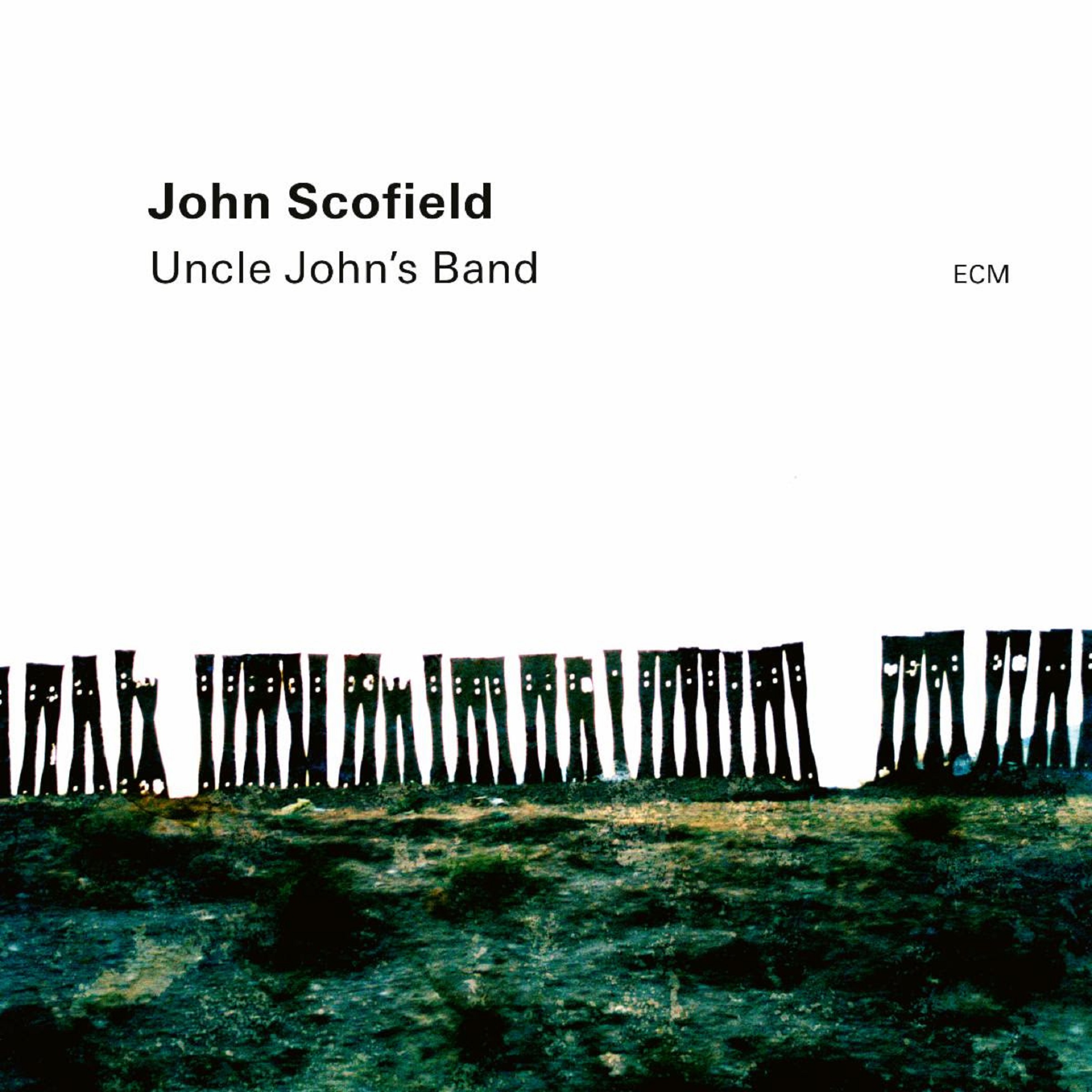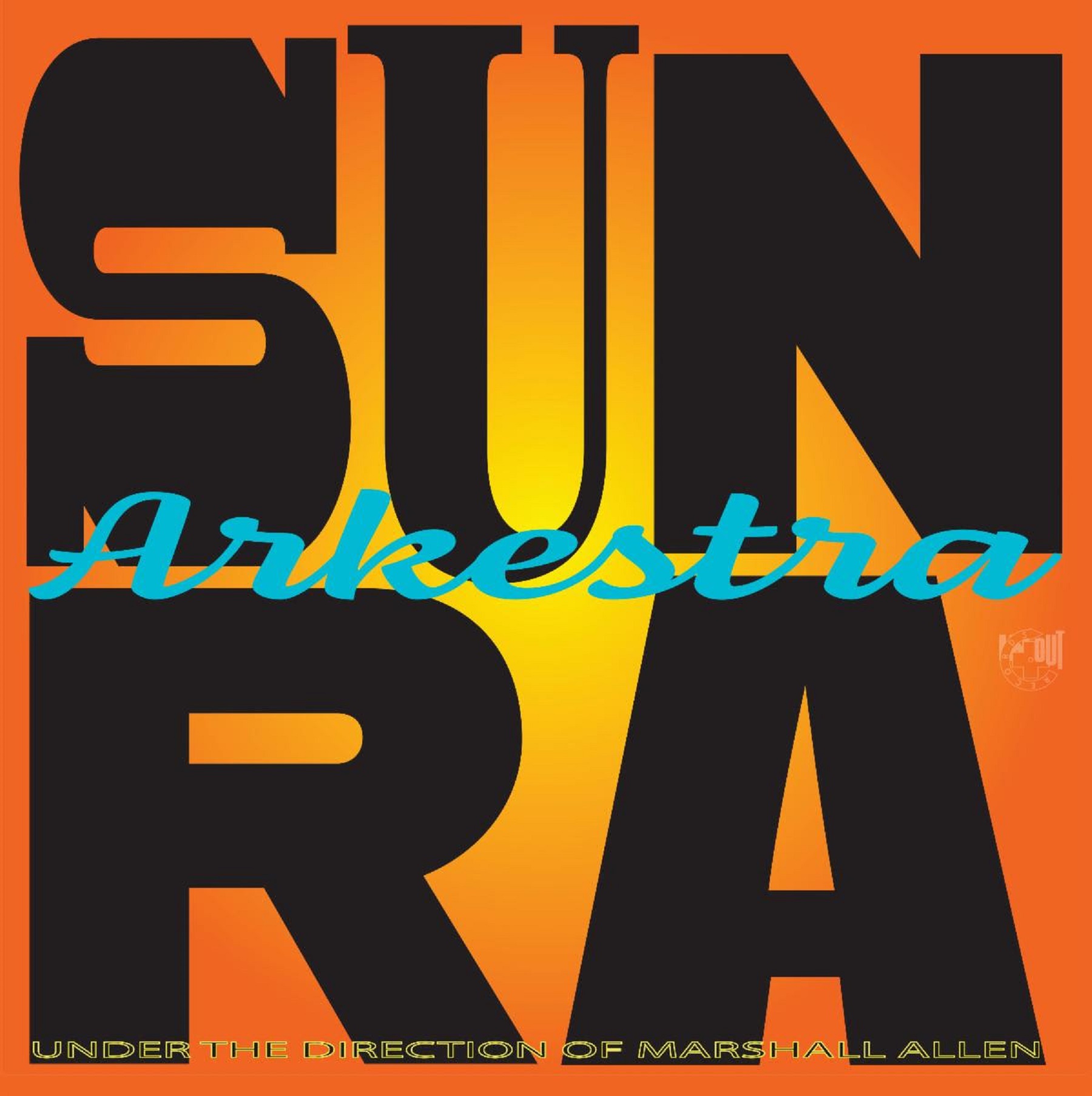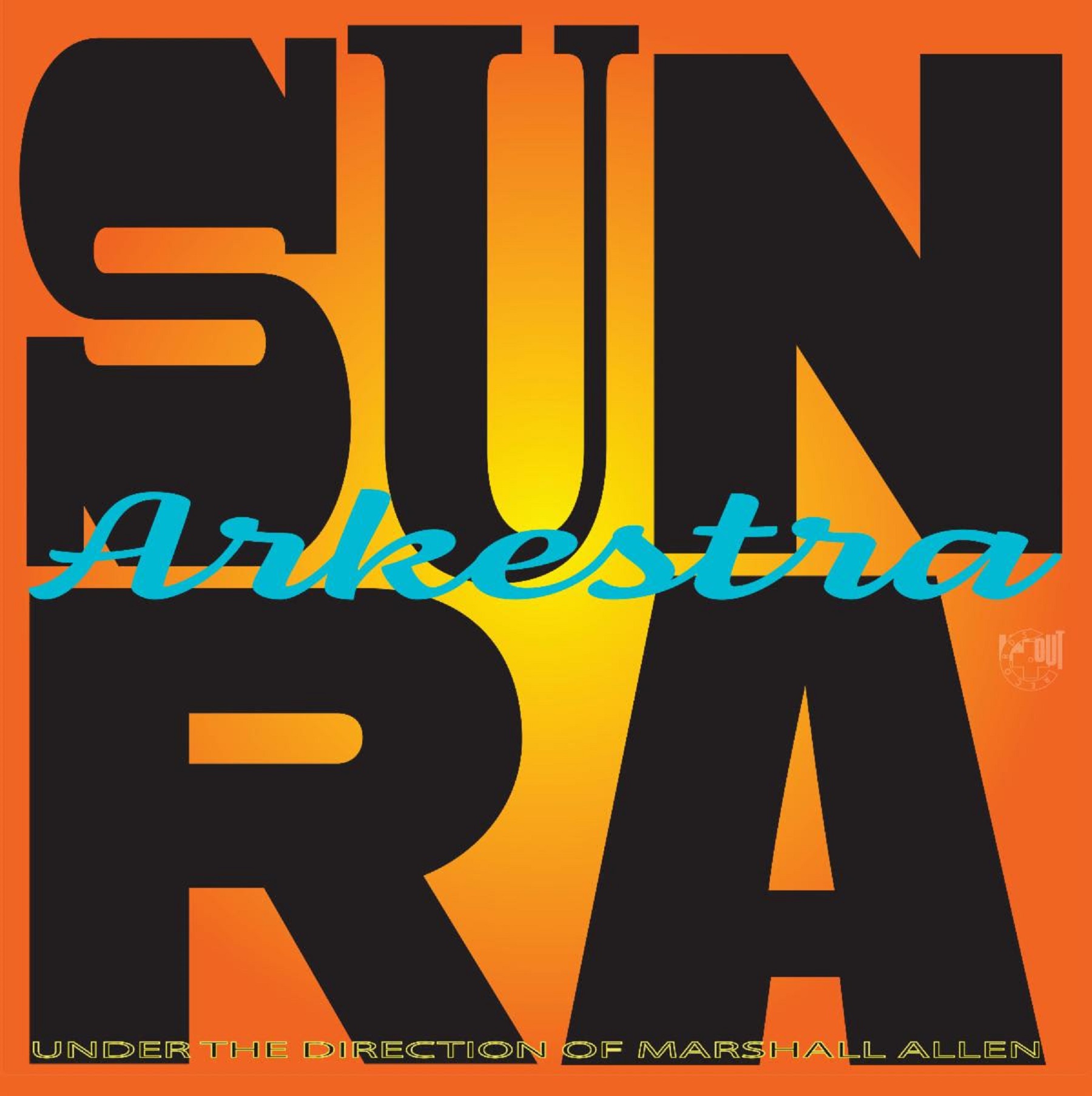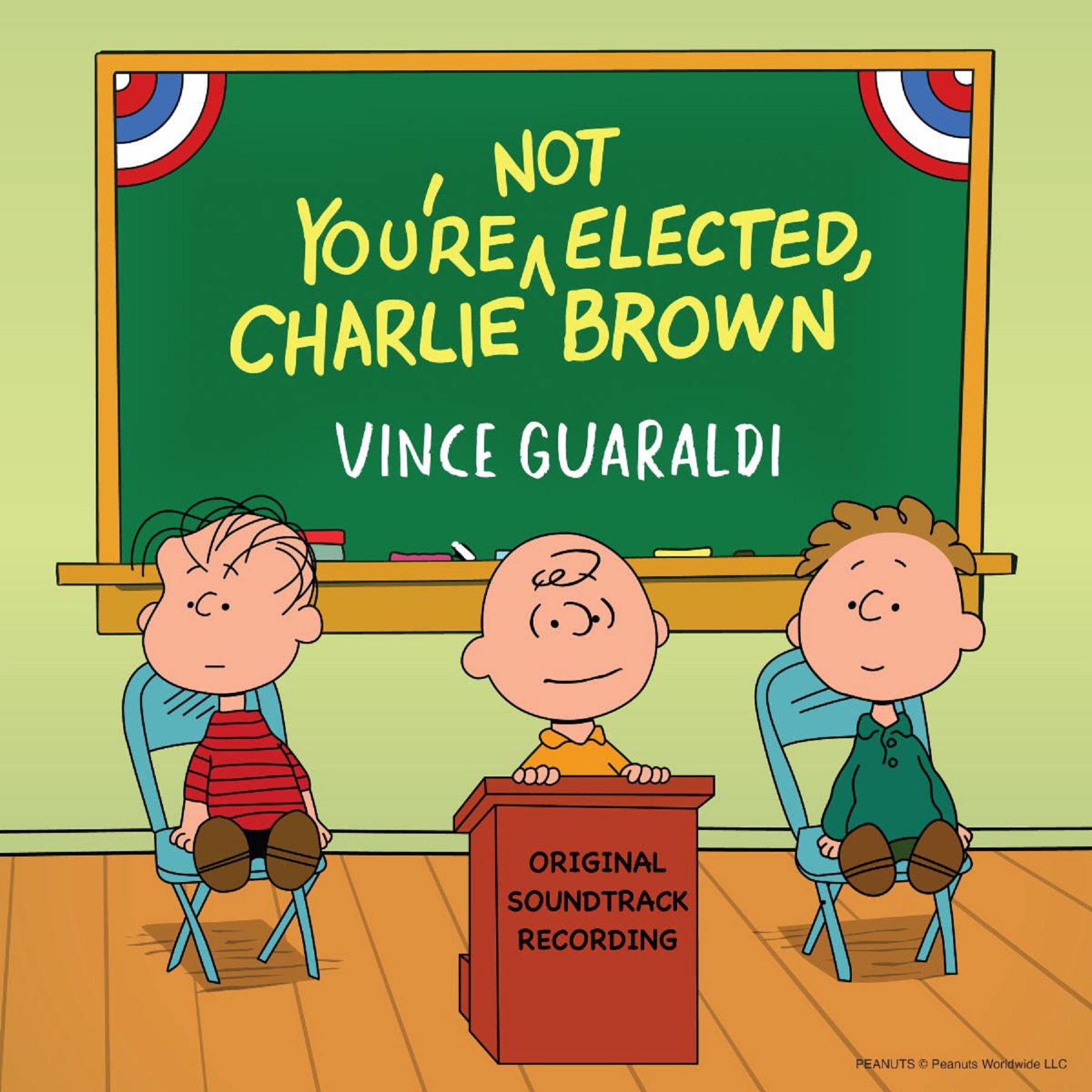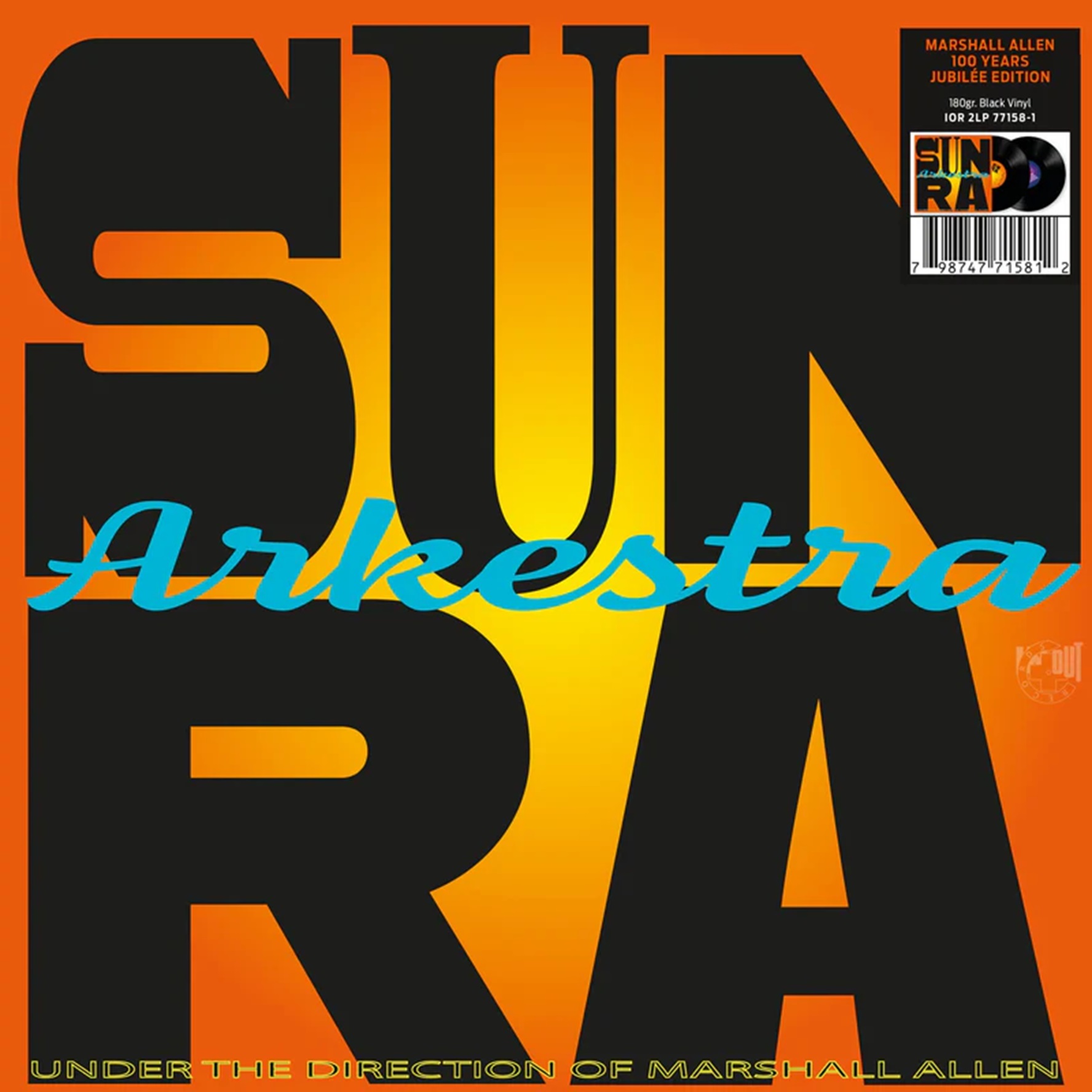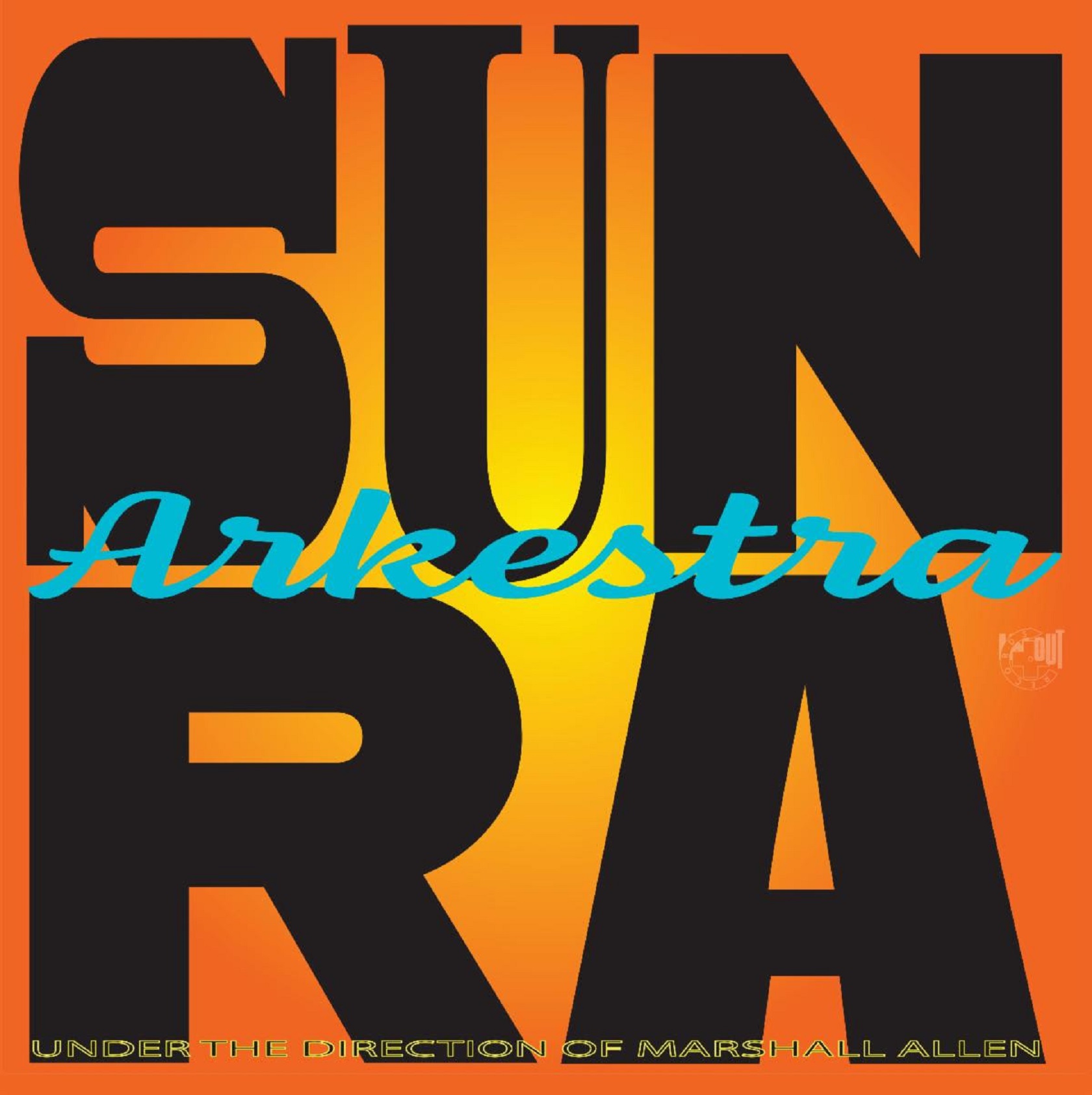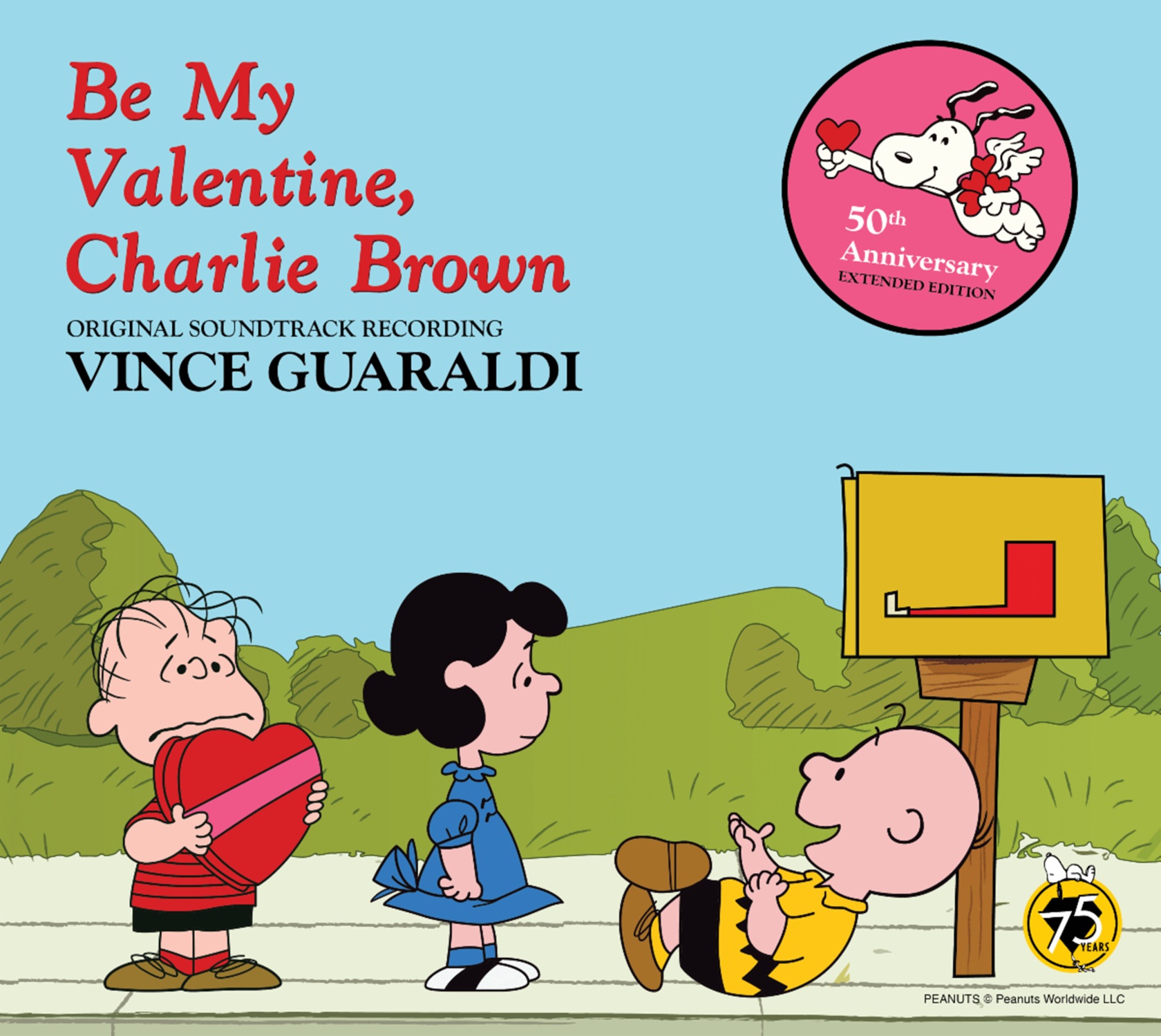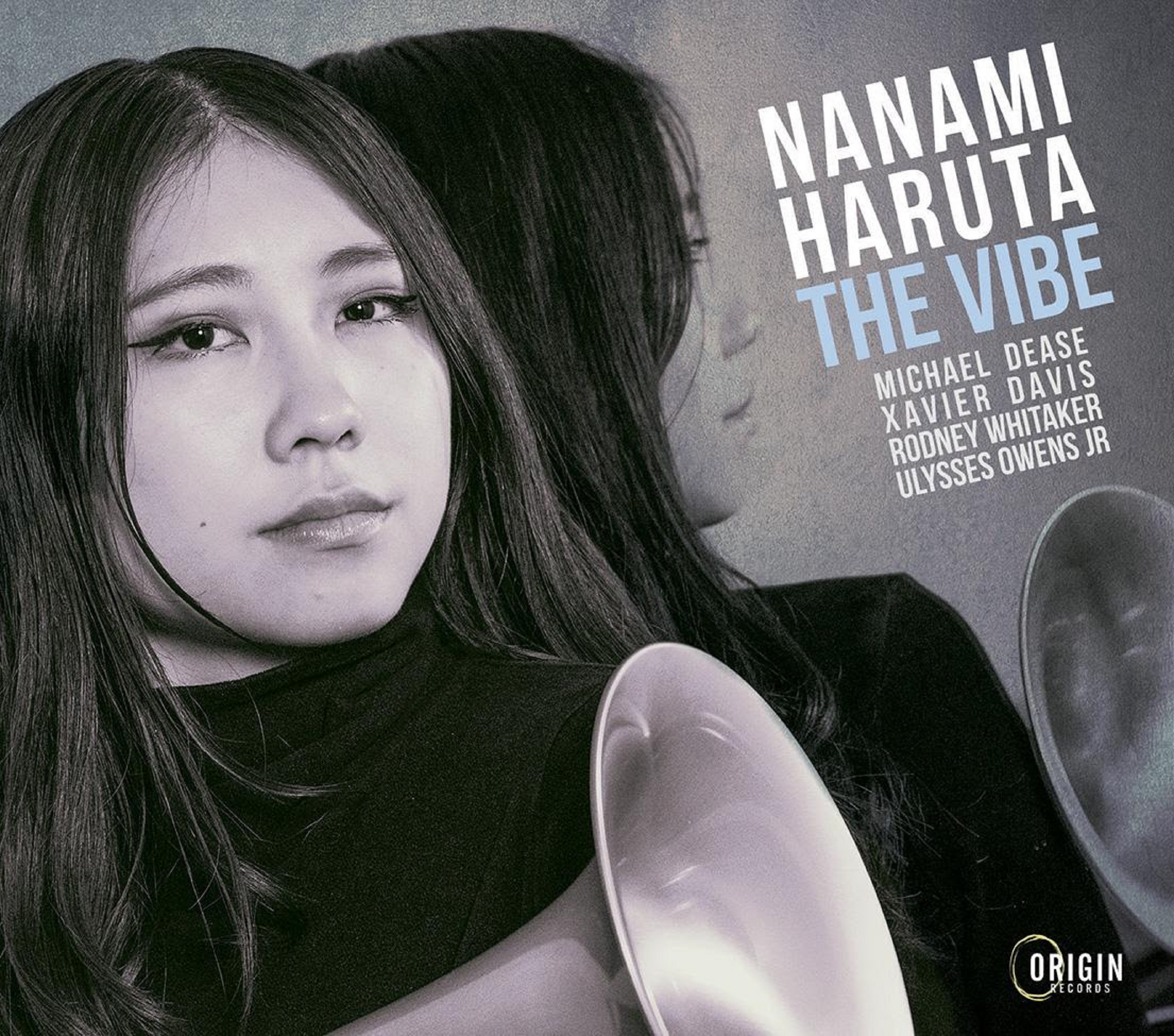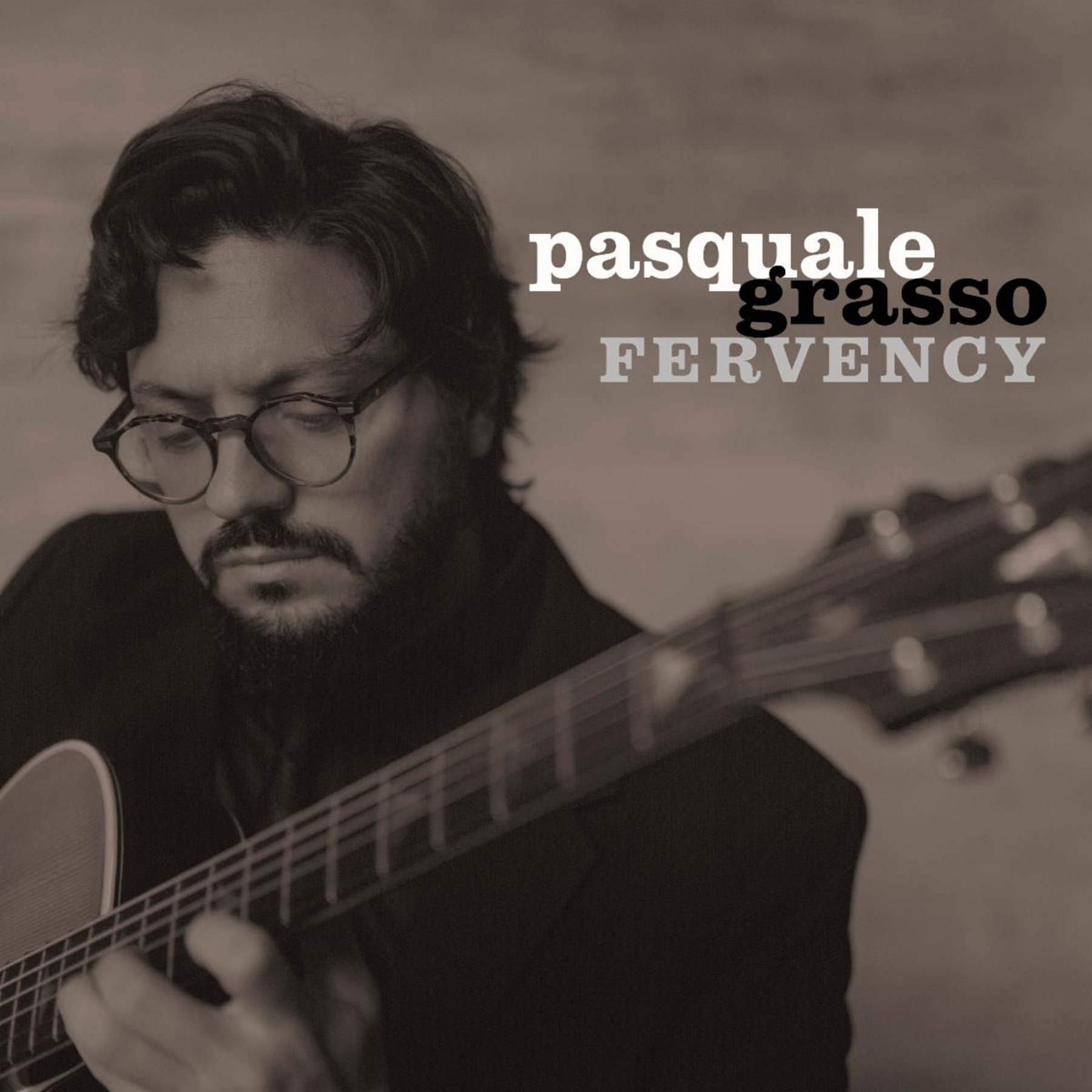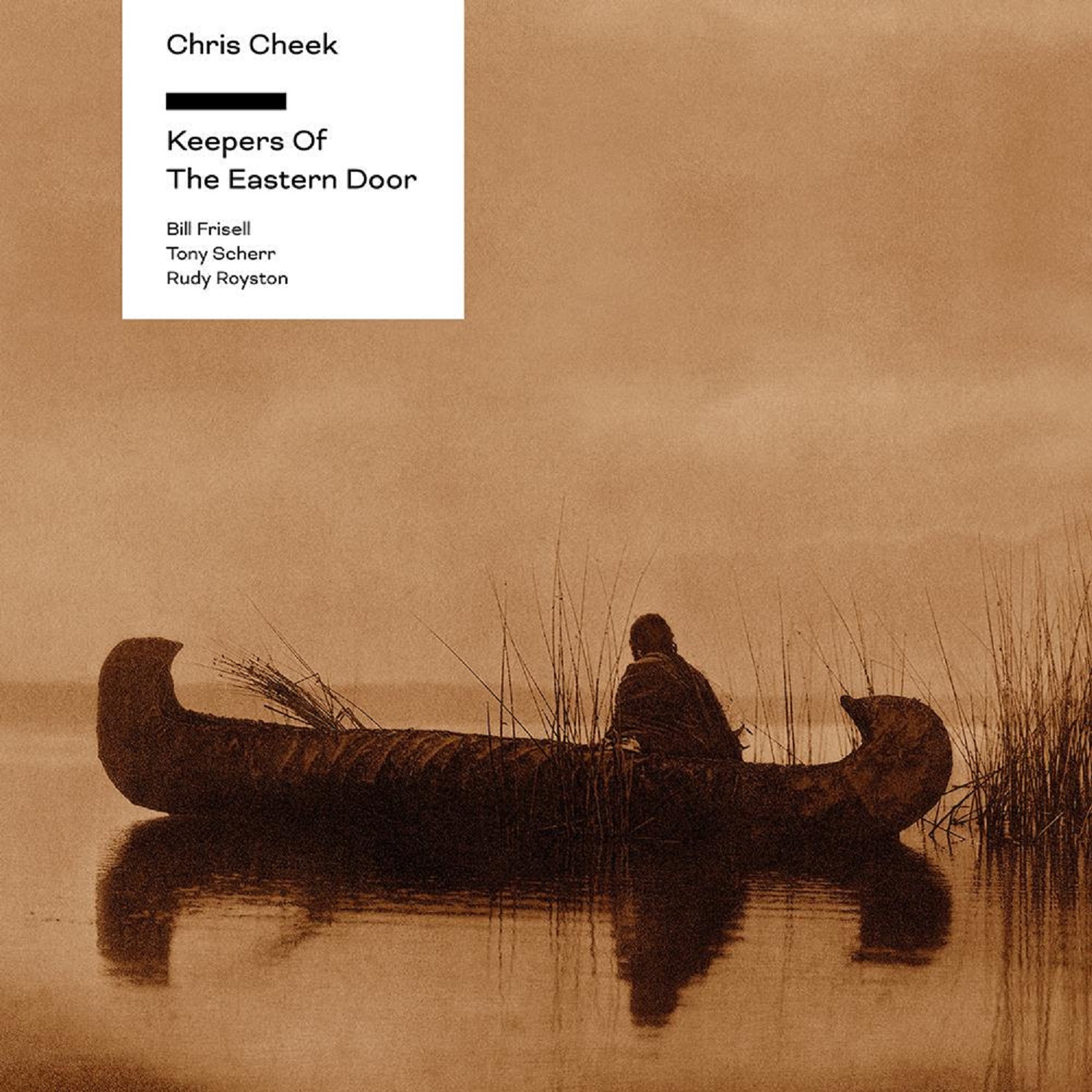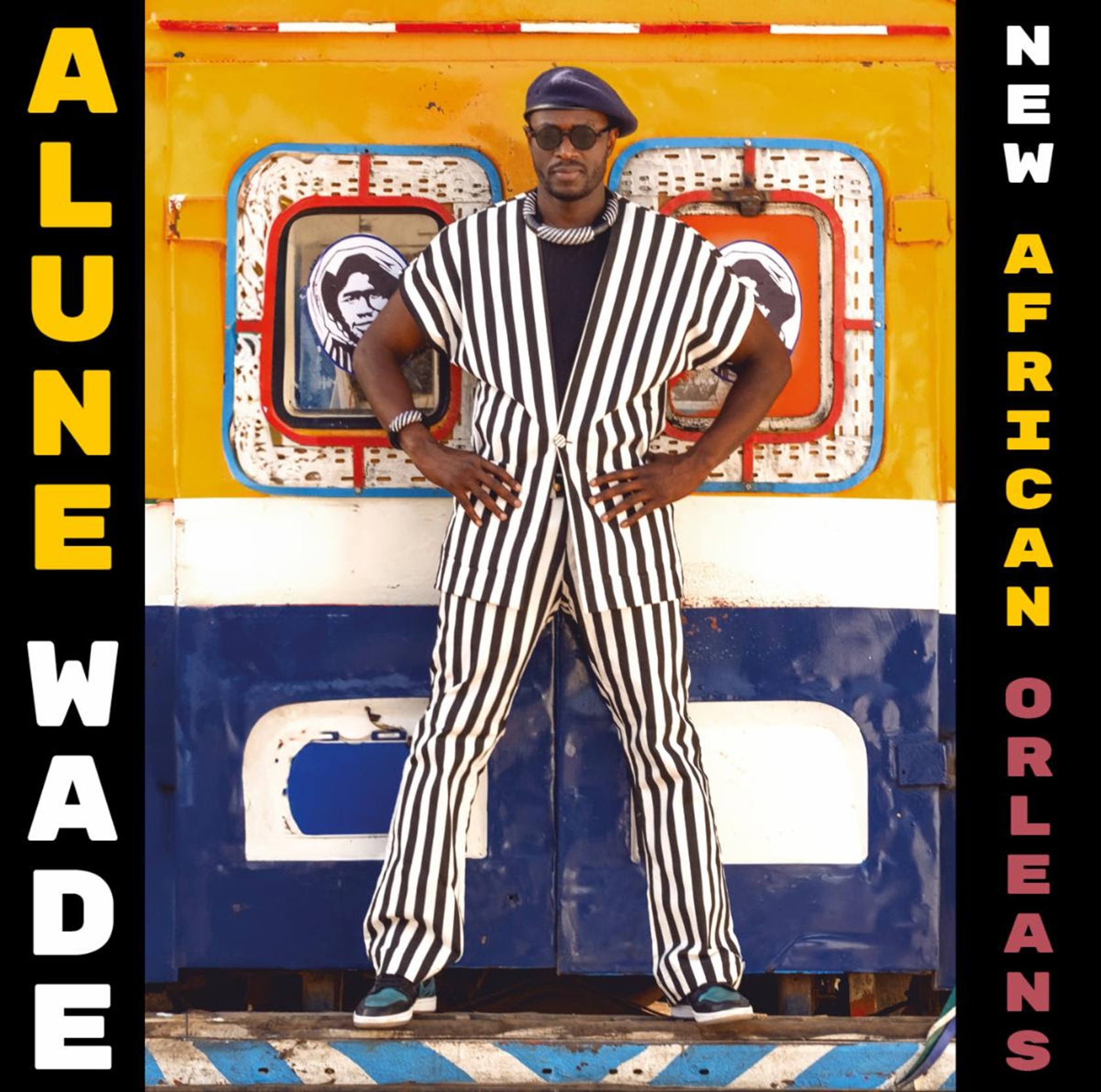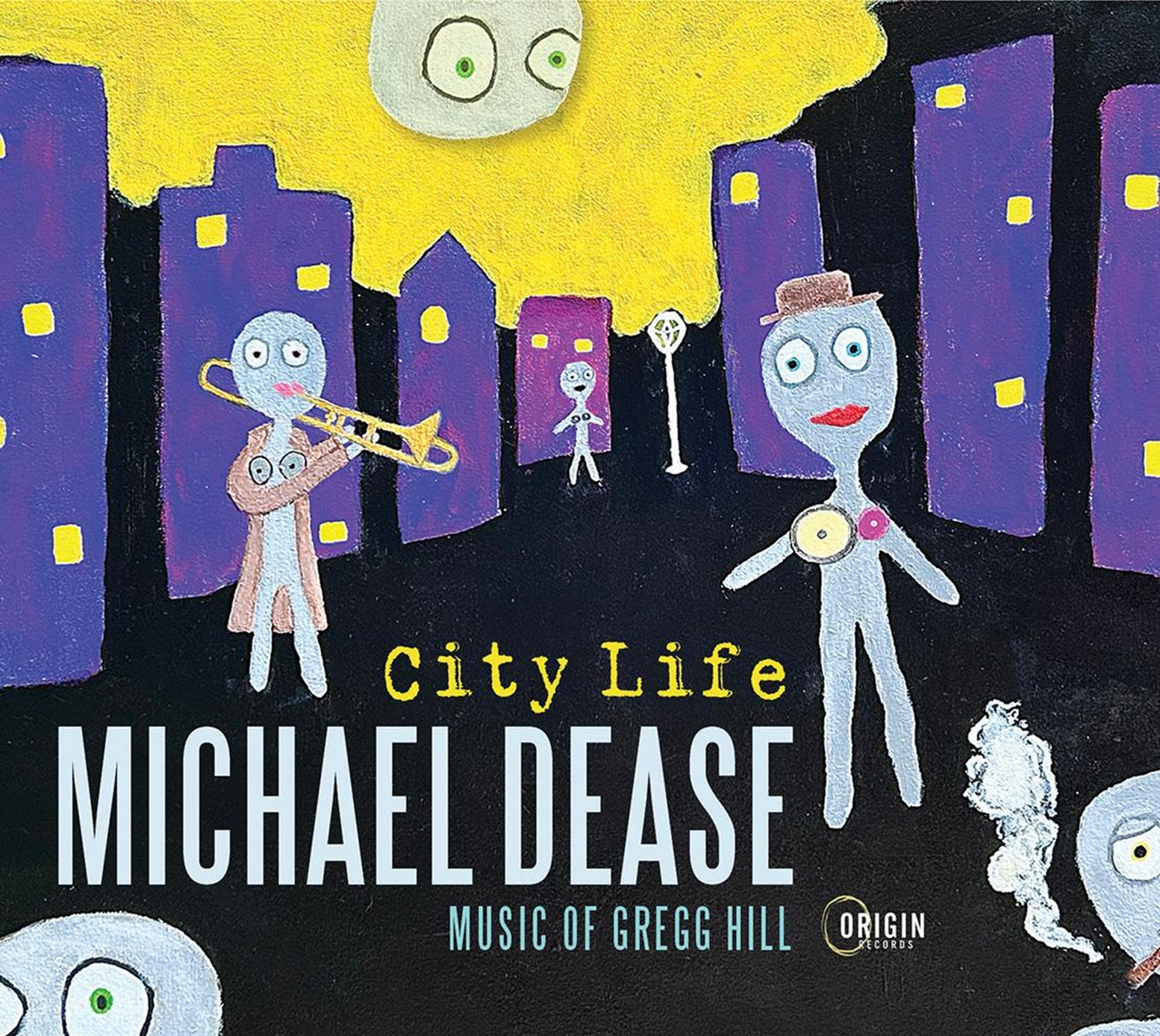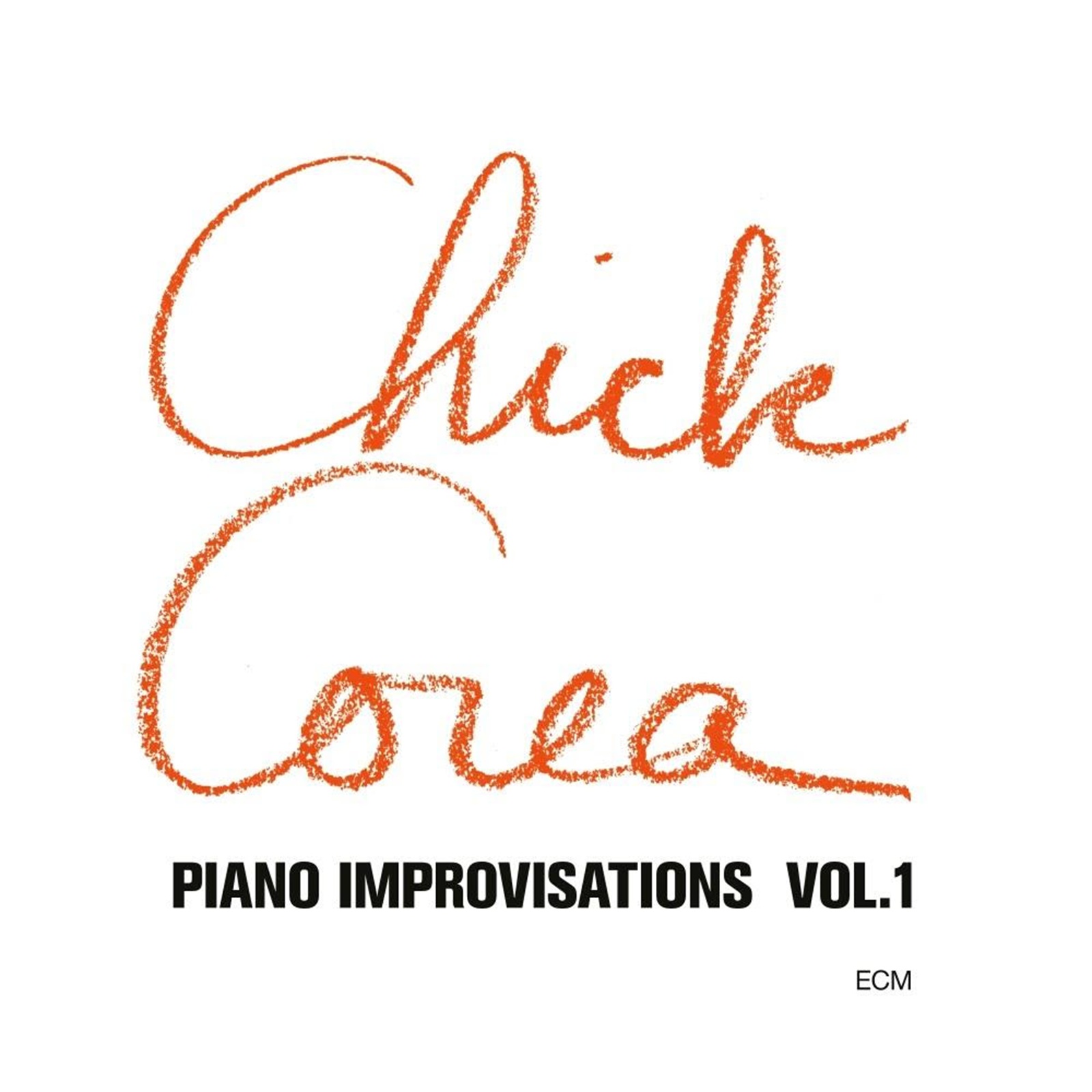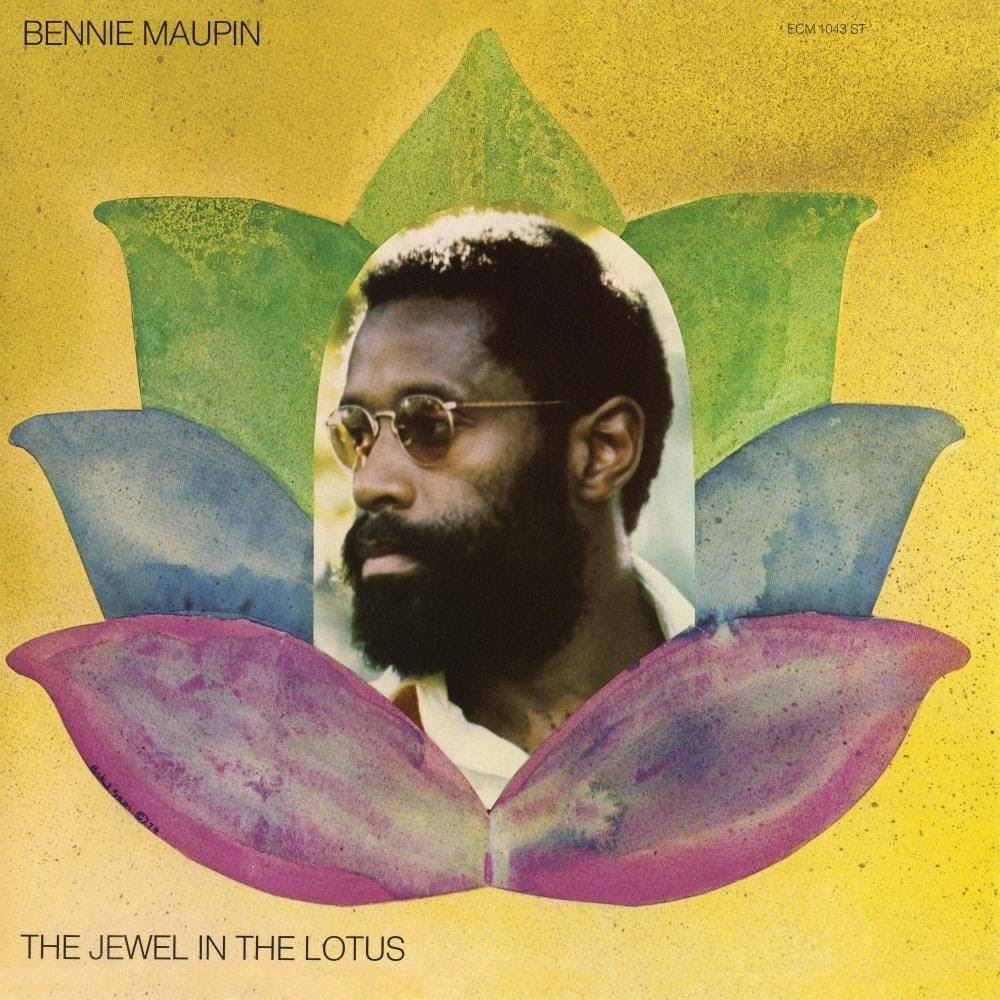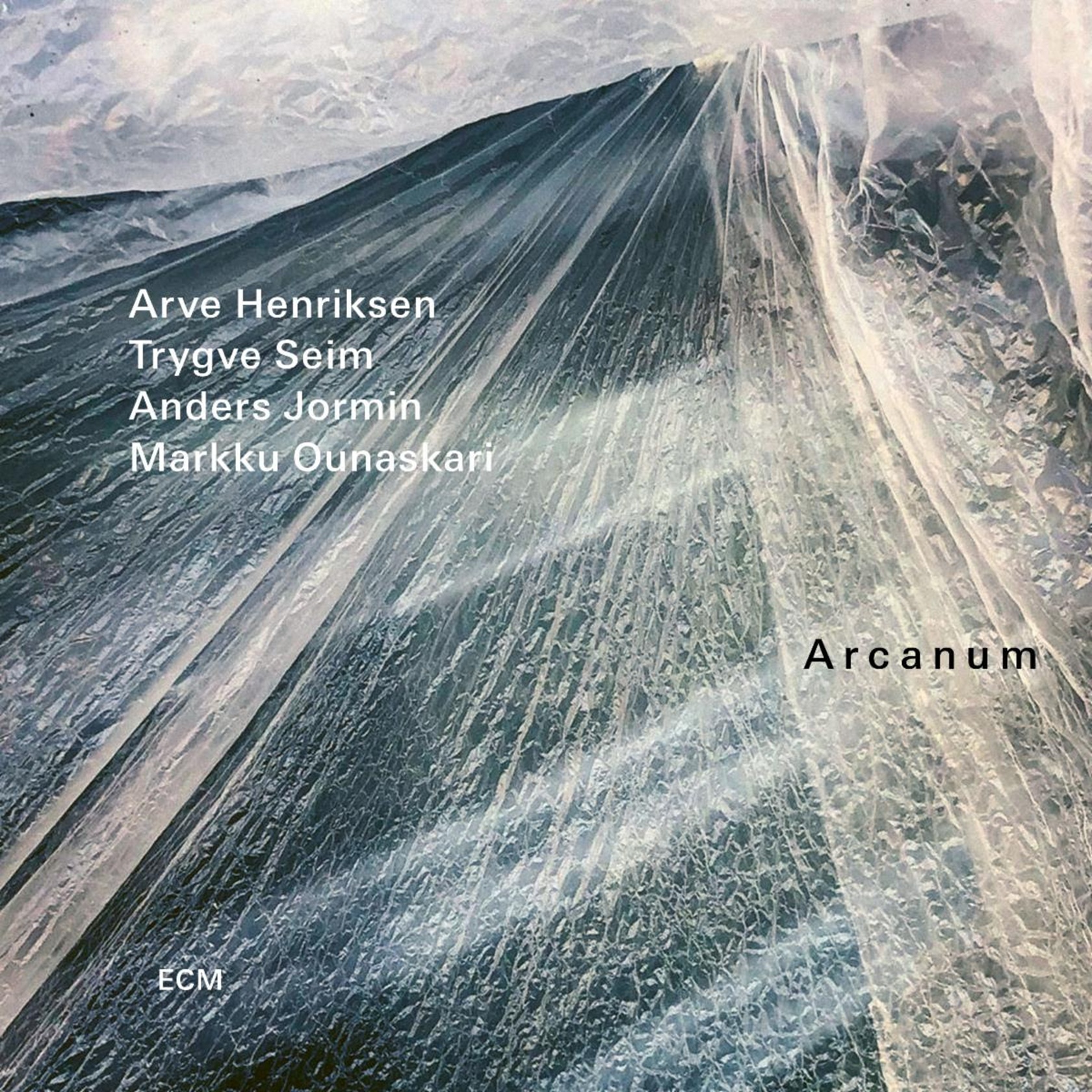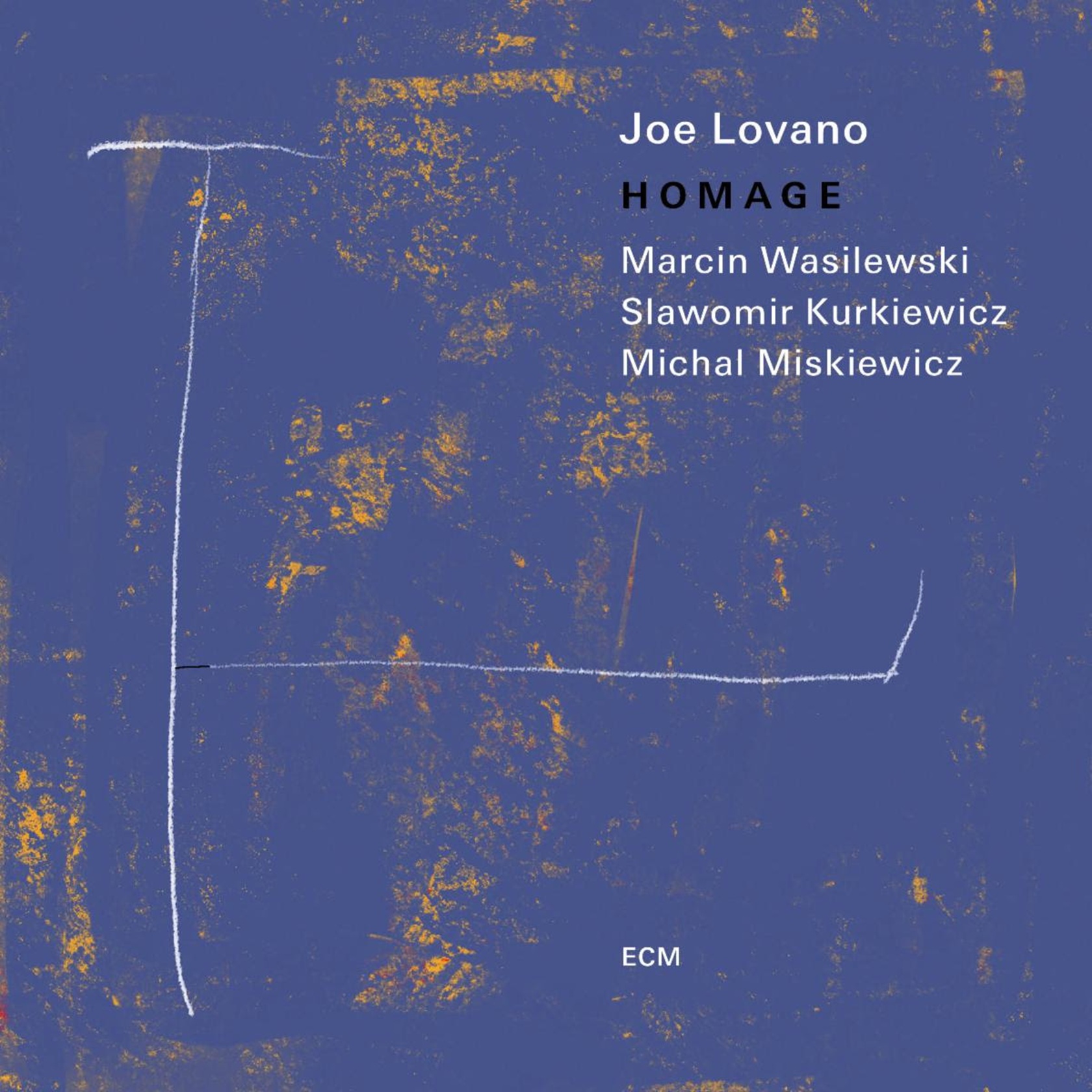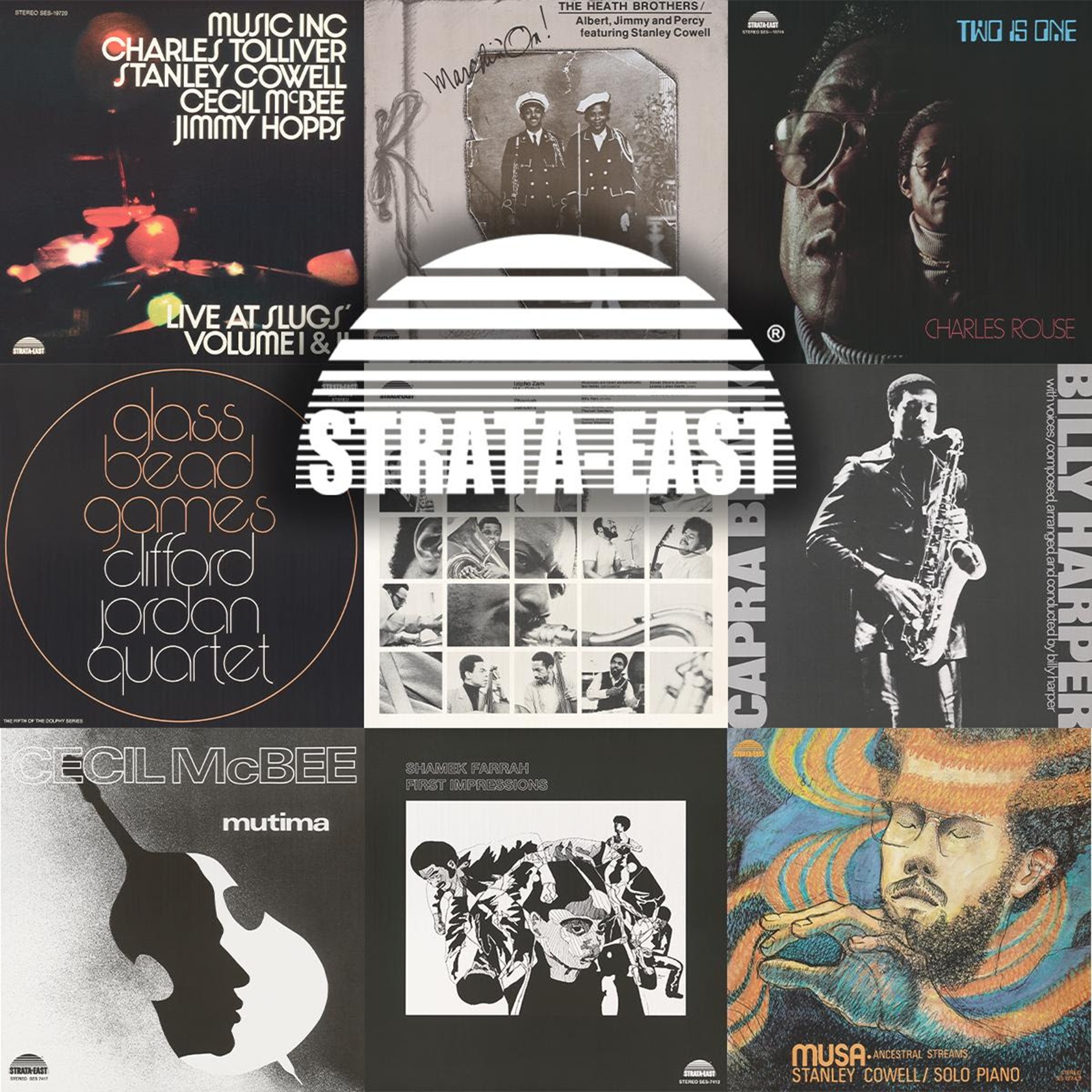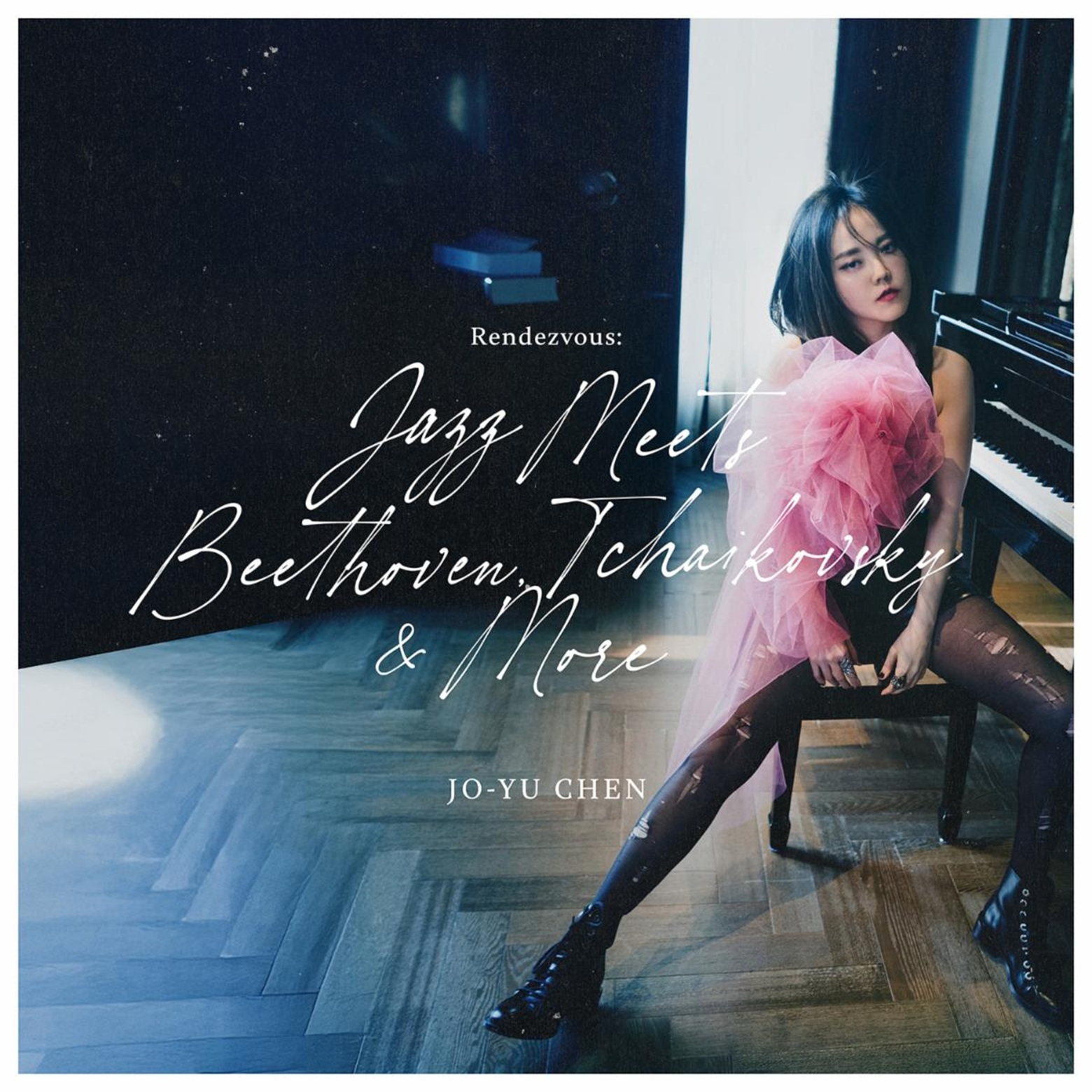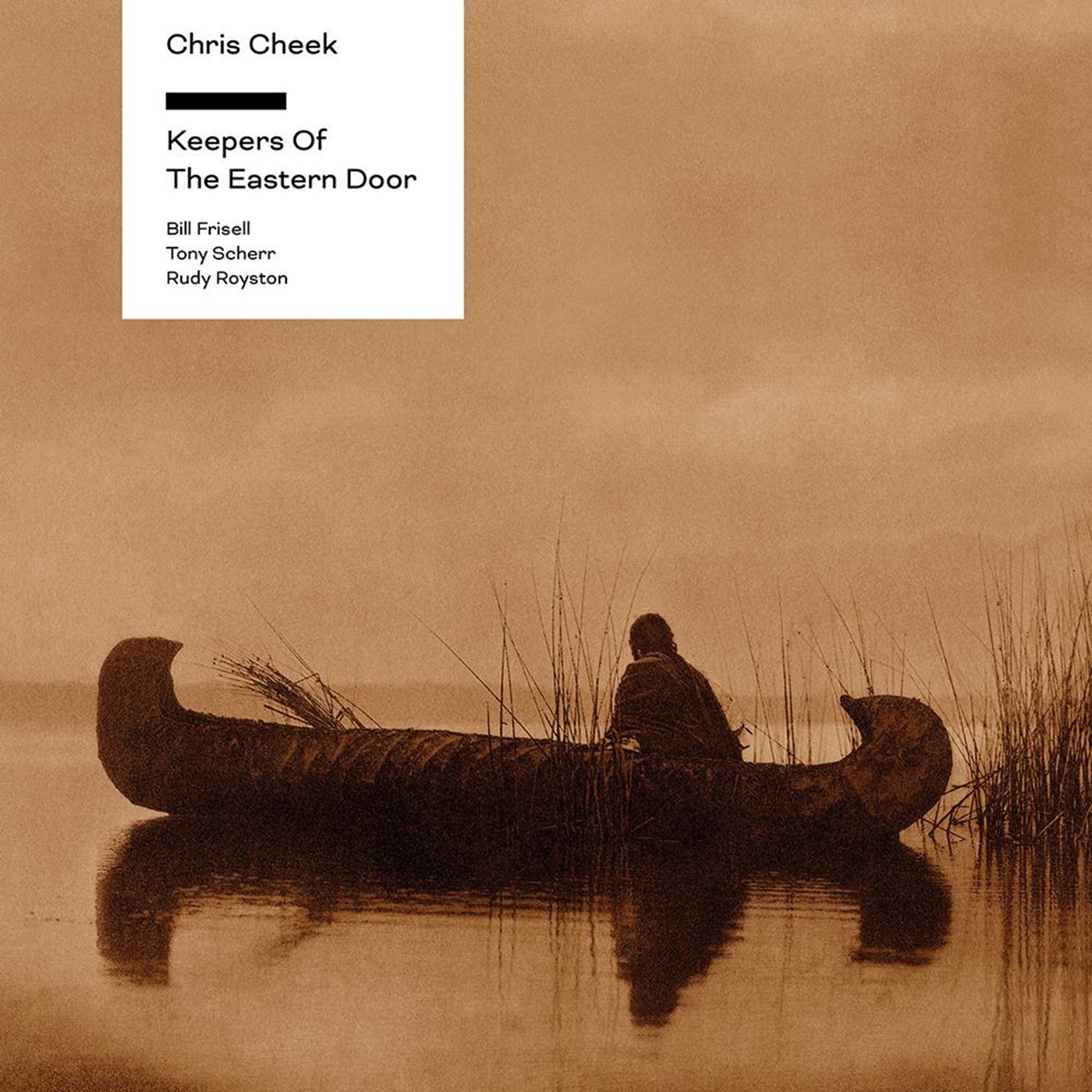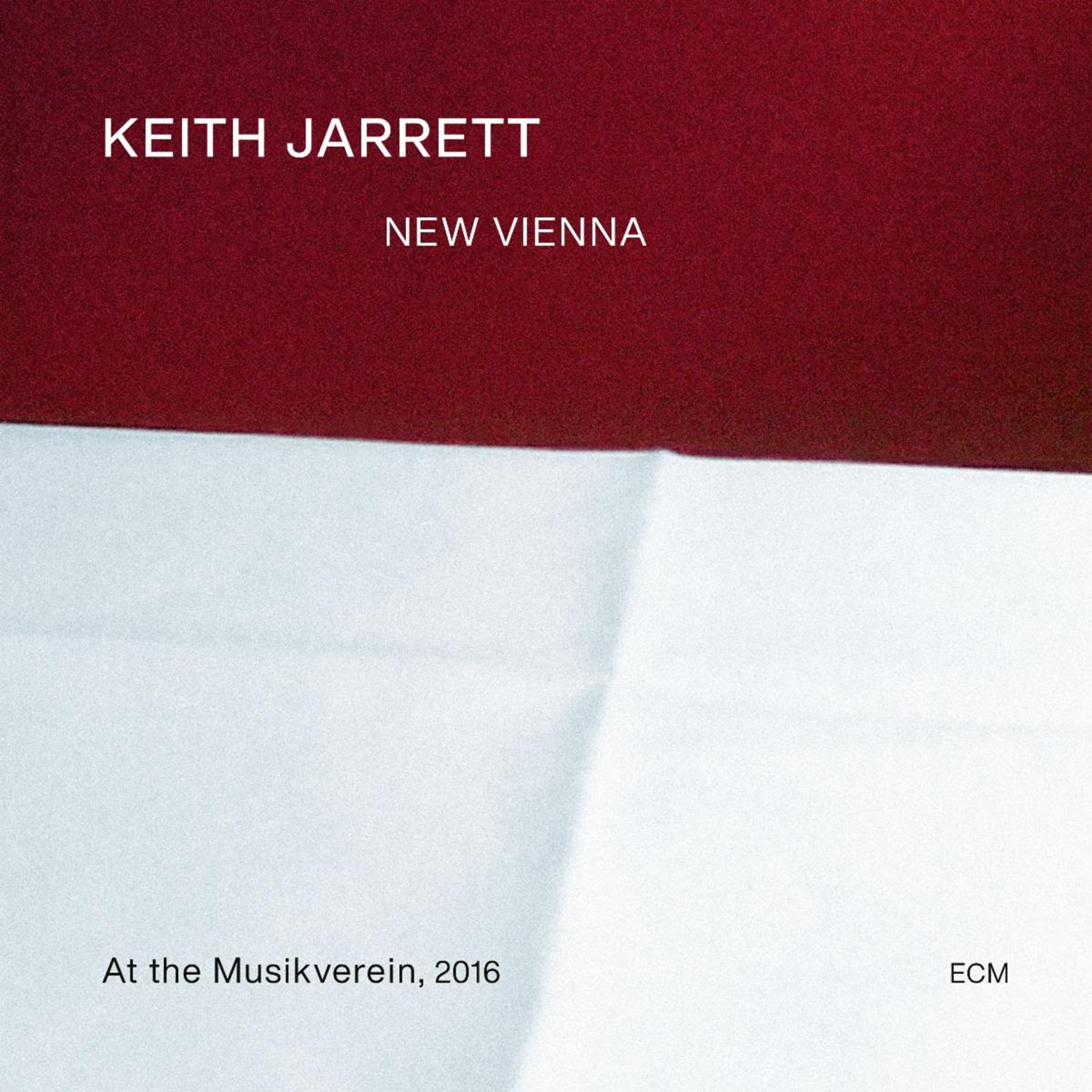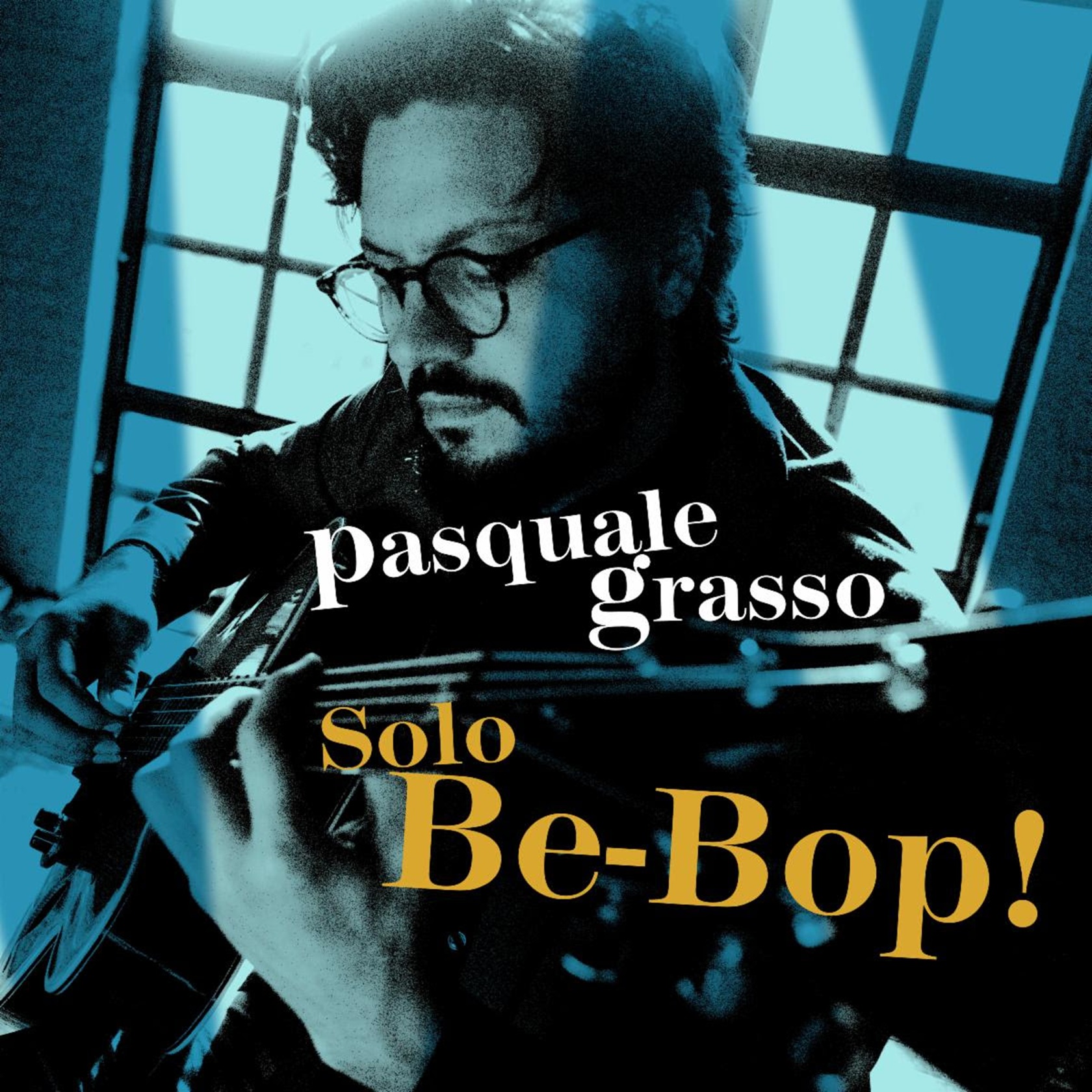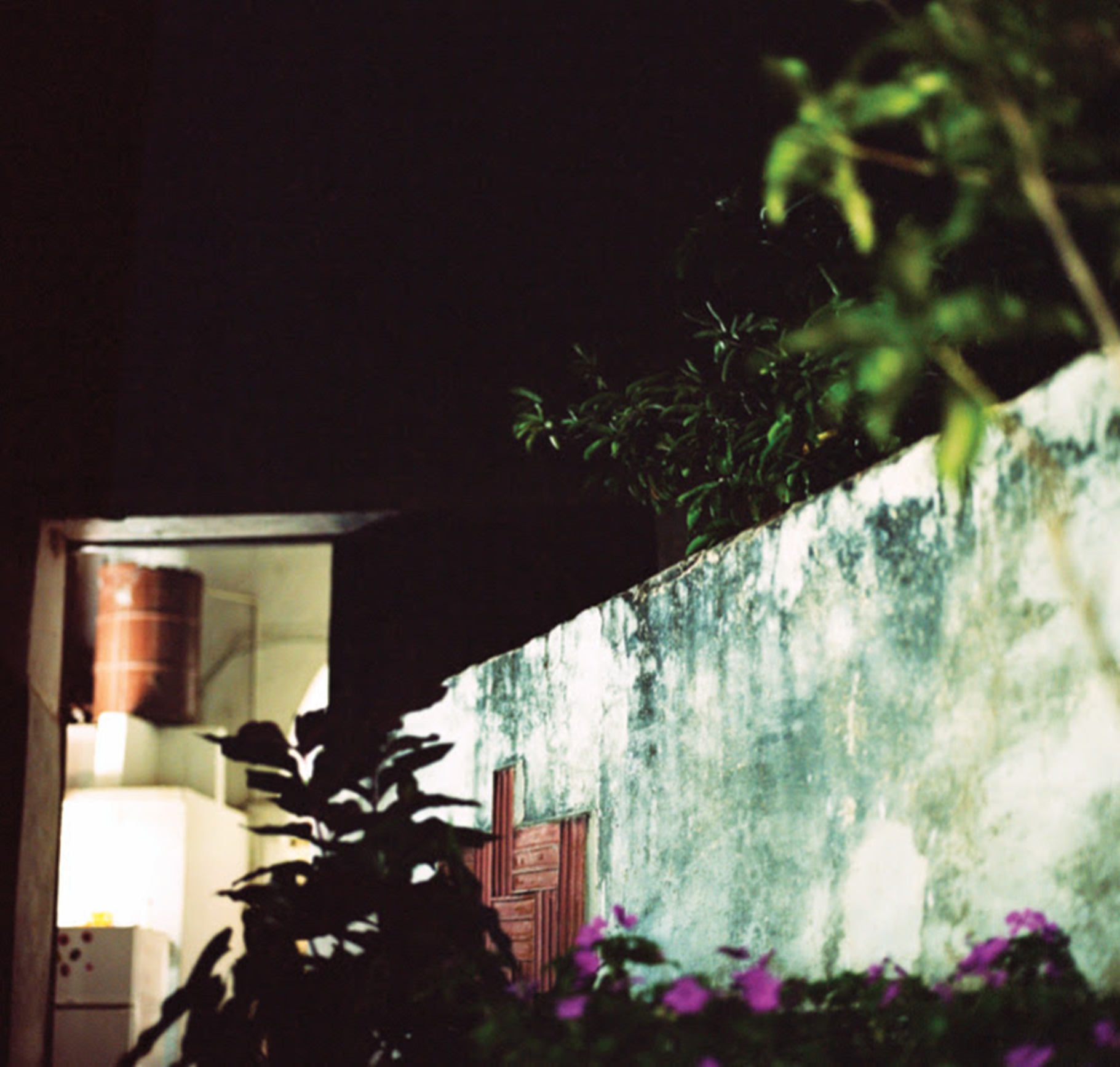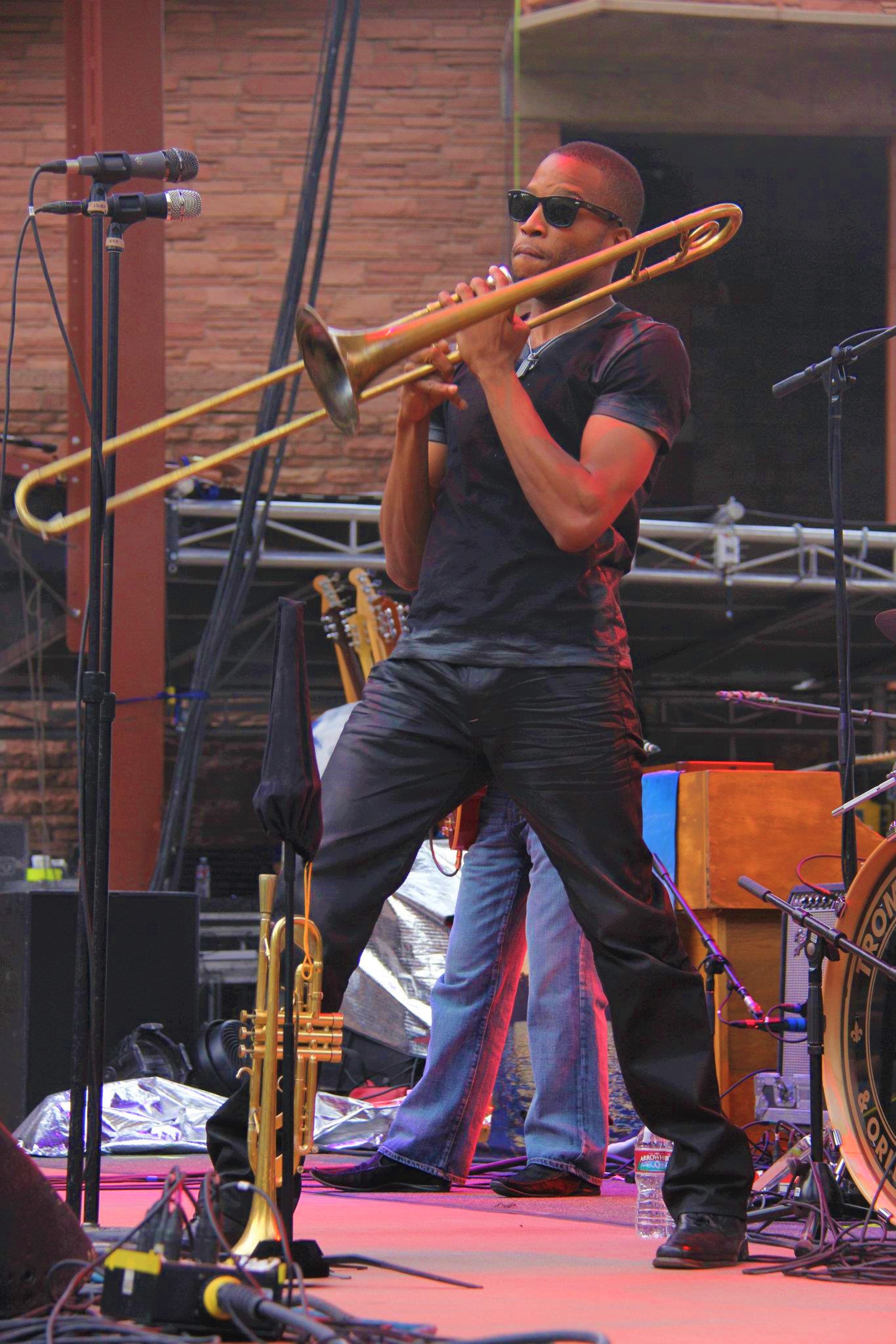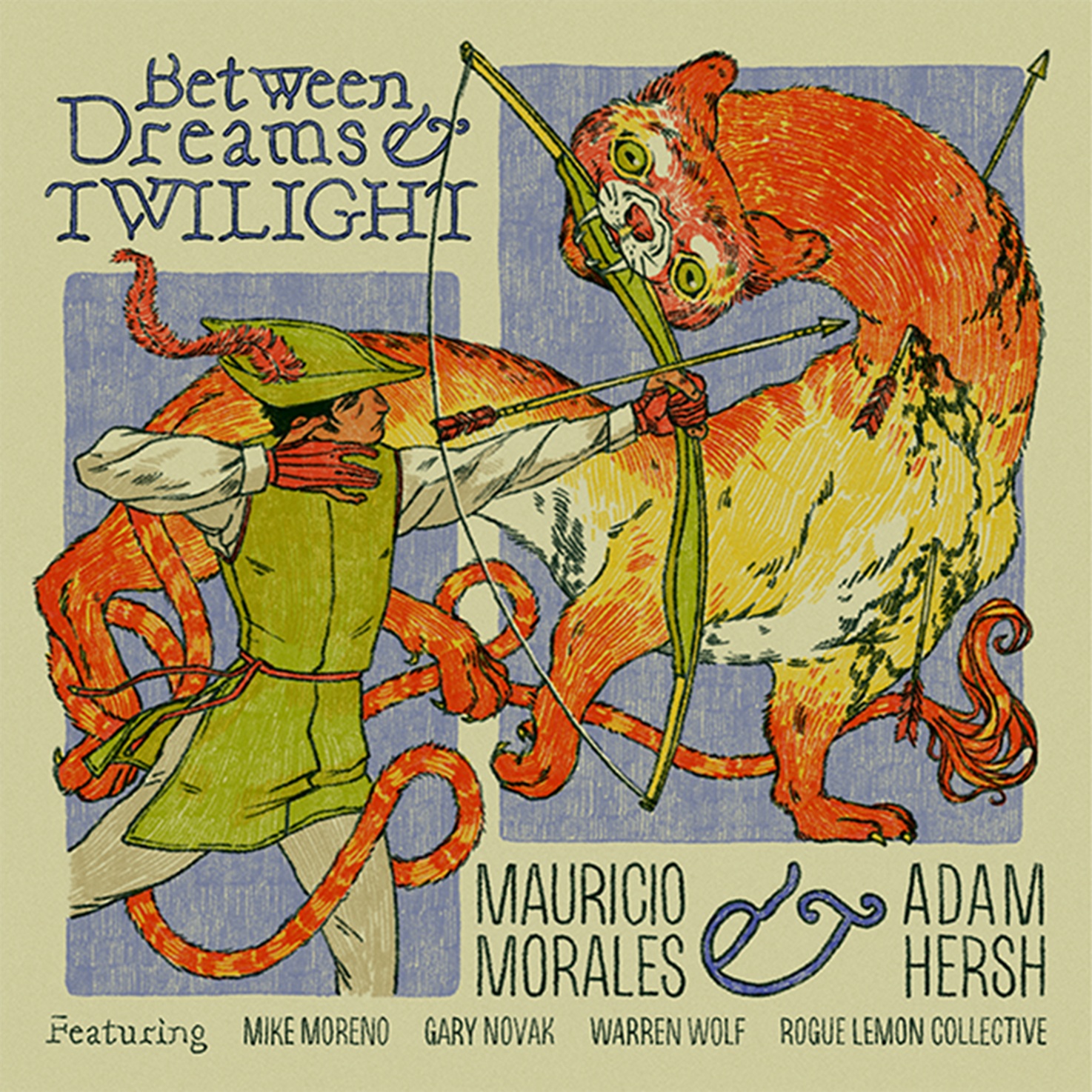Named for the Grateful Dead song that concludes this double album, Uncle John’s Band features masterful guitarist John Scofield at his most freewheeling. Wide ranging repertoire finds his trio with Vicente Archer and Bill Stewart tackling material from Dylan’s “Mr Tambourine Man” to Neil Young’s “Old Man”, from Leonard Bernstein’s “Somewhere” to the Miles Davis Birth of the Cool classic “Budo." And jazz standards including “Stairway to the Stars” and “Ray’s Idea” rub shoulders with seven far-reaching Scofield originals that are variously swing, funk and folk-inflected. The red thread through the program is the trio’s improvisational verve.
“I feel like we can go anywhere” says John Scofield of the group’s multi-directional versatility, and they do. The opening “Tambourine Man” for instance begins almost in the spirit of raga, before the theme emerges, lilting and country-flavored, and the improvisation opens up a new space where “we don’t follow a form but play freely,” with Archer’s heartfelt solo an early highlight. From moment to moment the group embraces the structures of the pieces it plays, then stretches and liberates them. “All the compositions are vehicles for us to improvise on,” Scofield told rock magazine Relix recently. “All are equally important to me.”
If Scofield is first and foremost a great jazz guitarist – a status confirmed by a biography that has included celebrated work with masters including Miles Davis, Charles Mingus, Gary Burton, Gerry Mulligan, Joe Henderson and more, as well as the many outstanding groups that he has led - he has always been an open-minded player. Rock and blues were his original starting points as a teenaged guitarist, and the quality of direct emotional expression associated with those idioms has remained an unmistakable part of his sound, however sophisticated the harmonic context. In parallel to his jazz activities, he has long been welcomed as a distinguished guest on the rock jam band scene and, as a contributor to Grateful Dead bassist Phil Lesh’s groups, has played “Uncle John’s Band” live on multiple occasion over the last 20 years.
Uncle John’s Band is Scofield’s third album as a leader on ECM: it follows Swallow Tales (recorded 2019), dedicated to the music of frequent partner Steve Swallow, and the solo album John Scofield, recorded in the isolation of lockdown in 2021. Other appearances on ECM include Bass Desires (1985) and Second Sight (1987), with bassist Marc Johnson’s group whose frontline paired Scofield with Bill Frisell. Saudades (2004), a celebration of the music of Tony Williams Lifetime, featured Scofield with Jack DeJohnette and Larry Goldings.
Archer is widely considered one of today's profound voices on the bass. He has been playing in a variety of Scofield led bands since 2017 as well as with Kenny Garrett, Terence Blanchard, Tom Harrell, Freddie Hubbard, Louis Hayes, Curtis Fuller, Mark Whitfield, Roy Haynes, Geri Allen, Stanley Jordan, Wycliffe Gordon, Stefon Harris, Janis Siegel, Robert Glasper, Nicholas Payton and The Lincoln Center Jazz Orchestra with Wynton Marsalis. In 2023, after many years of creative contribution to other musicians’ concepts, Archer released his first album as a leader, Short Stories (Cellar Music) with Bill Stewart and Gerald Clayton in 2023. Uncle John’s Band marks his first appearance on ECM.
Stewart has performed and recorded with many leading musicians, including Joe Lovano, Pat Metheny, Maceo Parker, Larry Goldings, Charlie Haden, Joe Henderson, Michael Brecker, Chris Potter, Lee Konitz, Nicholas Payton and others. He co-leads the popular group Goldings/Stewart/Bernstein, and has been associated with John Scofield for more than 30 years. “What Bill does is more than ‘playing the drums,’” Scofield has said. “He’s a melodic voice in the music, playing counterpoint, and comping, while also swinging really hard.” This is evident throughout the new album, not least on Scofield’s “How Deep”, which lifts the 32-bar jazz form to new heights…
The Scofield trio takes the music on the road in the weeks and months ahead. In the US, Scofield, Archer and Stewart play a three-night run at Baltimore’s Keystone Korner (November 17-19), followed by four nights at The Blue Note in New York (November 21-25). They then head to Canada to play Toronto’s George Weston Recital Hall (November 30).
Uncle John’s Band was recorded at Clubhouse Studio in Rhinebeck, New York, in August 2022. The album includes liner notes, with commentary on each track, by John Scofield.
More information: www.johnscofield.com





